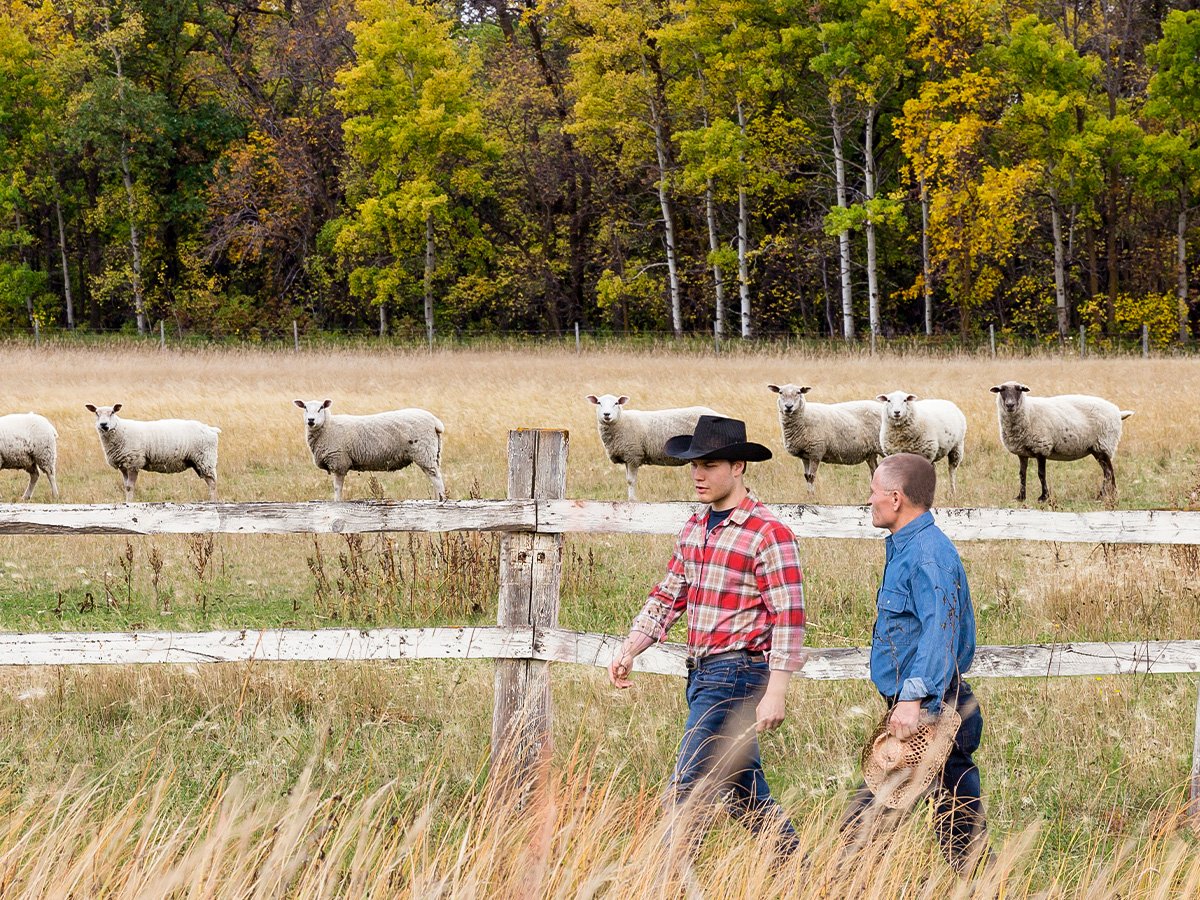Trapping Legalities and Ethics
July 24, 2021
When you own property and animals, your priority is to your family, livestock, and land. Sometimes, that means removing a critter that is causing issues. One of the best ways to target an animal is with a trap and bait. We’ve compiled some important information to help you navigate the legal and ethical side of trapping on your land.
What Animals are Protected?
In both Oregon and Washington, trapping protected animals and birds require special permits or licenses. However, there are considerations for landowners who are taking or attempting to trap an animal that is causing damage, which may be in the form of harm to the land, livestock, or crops.
Unprotected animals are generally badger, coyote, gophers, moles, mountain beavers, yellowbellied marmots, nutria, opossum, porcupine, spotted skunk, striped skunk, and weasels. Predatory animals, which may also be considered unprotected, include coyotes, rabbits (some rabbits are protected in both Oregon and Washington), rodents, and feral swine. These animals can often be trapped on your own property without a permit or license. However, experts caution to ensure the animal you are seeking to trap is not protected, such as a furbearer. These include beaver, fisher, marten, mink, muskrat, river otter, raccoon, as well as the red and gray fox. If they are protected, you may still be allowed to trap them, but a call to your state’s fish and wildlife department is always a good idea.
Careful Trapping
The Oregon Department of Fish and Wildlife (ODFW) as well as the Washington Department of Fish and Wildlife (WDFW) require animals (both protected and unprotected) to be trapped safely, humanely, and properly. Both states have trapper education requirements as well as state-issued licenses for trapping during specific seasons. Learn more about Oregon regulations here and Washington regulations here.
If you’re a landowner, you generally do not need a license to trap a nuisance or predatory animal on your property. Still, you are required to properly stake and maintain the trap to ensure it remains on your property and that pets and humans are not at risk.
Where to Start
State Carnivore Biologist Derek Broman with ODFW urges landowners to connect with their local fish and wildlife expert. Especially when they have an issue with a predator or other critter causing damage or being a nuisance on their property.
“We don’t always jump to trapping first,” Broman said when asked how ODFW and other agencies can help landowners navigate and deal with predators. “We like to help look for long-term solutions. Maybe it’s as simple as beefing up a chicken coop, covering garbage cans or refuse piles, or adding fencing. But when you’re dealing with a bobcat, cougar, or bear, it’s different.”
Broman says he and others with ODFW can connect landowners with licensed trappers.
“They’ve taken the exam, passed it, and are aware how to properly set and stake traps to be as humane as possible. They get the pelt, and the landowner gets rid of an animal that is causing damage.”
Damage biologists with WDFW can be found across the state to help coordinate the trapping of predators and other animals causing damage.
Coastal Carries Traps
Whether it’s a gopher, rodent or unprotected predators, your Northwest owned and operated Coastal carries traps to help you protect your livestock and land from damage. While you’re here, check out the sporting goods department where we stock ammunition, firearms and much more.
